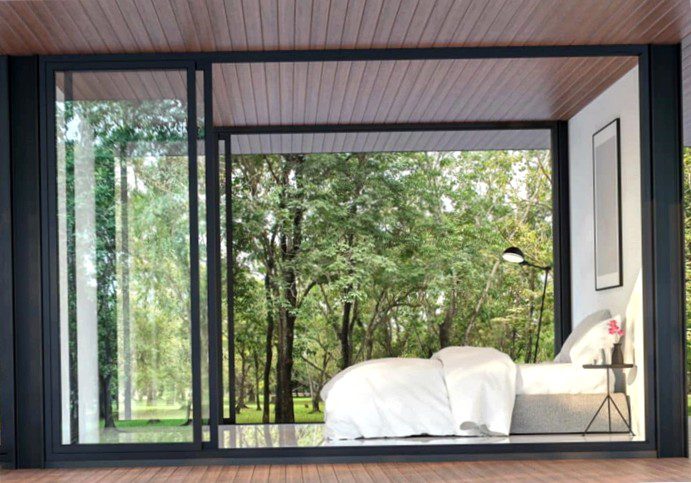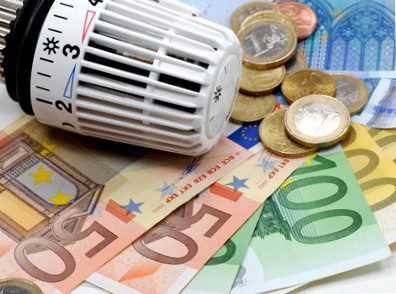
Since May 2022, when the RBA announced the first cash rate increase, Australians have been crunching numbers to understand how this will impact them.
At Nano, we are seeing a high volume of visits to our calculators — a clear sign Australians are concerned, but don’t intend to take the backseat and passively watch interest rates erode their household budgets.
If you are one of them and are considering refinancing your home loan, don’t jump onto the lowest rate you find – there could be a catch!
Here is what you should watch for.
What could hide behind the lowest rate
Known as the ‘advertised rate’, a low and sexy rate is a bait many lenders use to lure you in. But what looks like a cheap home loan could end up costing you more over time.
Here are some drawbacks that could hide behind a low rate:
1. Loyalty tax
Considering the costs of acquiring a new customer (advertising and marketing, staff incentives and education, broker commissions, etc.) you’d think that lenders look after their existing customers and do everything they can to prevent them from seeking greener pastures. But unfortunately this is not the case.
In the lending industry, a common practice is to offer lower interest rates and better loans to new customers, while keeping existing ones on outdated and less advantageous products. This is what’s known as loyalty tax.
According to the ACCC’s 2019 report on loyalty taxes 1 , customers that have been with the same lender for longer often pay higher-than-average interest rates:
- 1-3 years = 0.42% higher
- 3-5 years = 0.58% higher
- 5-10 years = 0.71% higher
- 10 years or more = 1.04% higher
Over the course of a 30-year loan, a seemingly small 0.71% could mean an extra $60,480.
As the RBA keeps increasing the cash rate, new home loan rates and products are being introduced in the market. If you’re refinancing, make sure your lender doesn’t charge you a loyalty tax.
2. Higher overall costs
Cashbacks and honeymoon rates are other tactics used by some lenders to attract new customers.
Lenders can offer between $1,000 to $5,000 as an instant cashback that gets deposited straight into your bank account at settlement.
Introductory or honeymoon rates are designed to help keep your repayments down at the beginning of the loan, when you’re incurring all the expenses associated with the purchase. That’s why they normally last for a year, and they can be a point below the standard rate. Very attractive.
The issue is that cashbacks always come with a set of conditions (loan amount and purpose, time limit, etc.). With introductory rates, once the honeymoon period is over, the interest rate reverts to the home loan standard variable rate, which is often very high. Of course, you could refinance to a cheaper home loan, but most lenders won’t remind you and you’ll probably forget to.
In the words of Andrew Walker, co-founder of Nano digital home loans:
“Falling for a gimmick is the biggest trick in the lender handbook – terms like ‘Honeymoon period’ and ‘Cashback offers’ are all cleverly designed to entice you into signing on the dotted line, but almost inevitably cost you more down the track.
Instead, do your research. By coming into the process informed, you will be less likely to fall for the seemingly irresistible offers that are almost always too good to be true.”
Andrew Walker, CEO & CO-founder of NANO
3. Hidden fees and charges
A lender could offer you a low rate, but make up for it by charging you unnecessary fees, for example:
- Application fees
- Valuation fees
- Transaction fees
- Settlement fees
- Ongoing account fees (monthly or annual)
- Offset sub-account fees
- Debit card fees in Australia or overseas
- Early pay out fees
- Exit or discharge fees
- Higher rates for home loans with an offset sub-account.
These charges can add up to $11,850 over the life of your loan.
Why spend time and effort chasing a low rate to spend more in the end?
To spot hidden fees, make sure you look at the comparison rate (not just the headline rate) which takes into account the cost of all up-front and ongoing fees.
Also, be aware that some lenders might charge you a fee to break up with them.
Before switching to a lender that offers you the lowest rate, make sure you don’t have to pay any exit or discharge fees. If you have to, check if the savings you’ll make from refinancing could absorb them.
4. Slow and painful application process
According to research, 75% of Australians are more frustrated than ever with the standard application process to get a new home loan. 2
Another survey shows that almost 24% of them have been slowed down by too much paperwork and over 20% by a confusing process 3 .
Traditional lenders say their processes and legacy systems are a necessary evil. They are more robust and provide borrowers with better protection. Truth is that updating their system is too costly for them.
The proof is that, without burdens from the past, new lenders have made the process easier and safer for their customers.
5. Not enough features and benefits
Some home loan products might have some hidden costs that you won’t pay with money, but with little and frequent frustrations.
This is when you get a very competitive rate but no features, no benefits… nothing else!
For example, does the lender offer additional home loan features like a free offset account to help reduce your interest repayments?
Can you pay and transfer instantly from your offset account, make purchases with debit cards, Apple Pay and Google Pay, and not incur any lender fees on domestic or international transactions?
These features might not seem important to you initially, but can make your everyday life easier and also help you pay your mortgage faster in the long run.
6. A suboptimal app
Lenders that don’t invest in technology often develop apps as a tick-the-box exercise just to get you over the line in the sales process.
These kinds of apps are a replica of the traditional approach to banking and are not designed with your online experience in mind.
So, what questions should you be asking yourself before you sign up?
Can you monitor your loan and consolidate your finances?
A good app should let you check the status of your loan without jumping through hoops. You’d think that most apps do that, but unfortunately it’s not the case.
Plus, keeping your finances centralised in one single home loan account ensures all of your money works towards a common goal — paying down your mortgage sooner.
Can you easily understand where your money goes?
Do you prefer the hard way or the smart way? Even if you’re a finance genius, graphs and charts can help you reduce the time you spend checking where your money goes. So you can get back to what’s important to you sooner.
Can you track spending with real time notifications?
Everyone can use a helping hand, right? A good app allows you to set spending limits (the ones you think are appropriate) and gives you a holler when you’re crossing the line. Like a good mate.
Have you got full control over your money?
Can you freeze and unfreeze your cards instantly, send money to yourself or your friends, schedule payments with a debit card, Apple Pay, Google Pay, BPAY and Osko? A good app should do these things and more.
Choose a lender with nothing to hide
At Nano, we’re all about transparency. Nano charges $0 fees* throughout the life of your loan. We don’t charge a loyalty tax and don’t use cashbacks and honeymoon rates to convert new customers.
In fact, we always offer the same rates to new and existing customers alike. No need to put a reminder in your calendar for it: once a better rate comes up, we’ll apply it to your home loan automatically.
With our app, you can track your home loan and access your offset sub-account in real time. You can easily understand your money with visualised data and divide it into ‘vaults’ so you can allocate your funds towards different goals.
We built Nano on the principles of simplicity and clarity. By leveraging technology, we’ve removed paperwork and slow approvals to deliver a fast and simple digital home loan.
With us, you can skip the pre-approval process altogether and get your home loan approved in minutes, not weeks.
Pretty clear, isn’t it?
And if you need any more clarity, use Nano’s refinance calculator.

